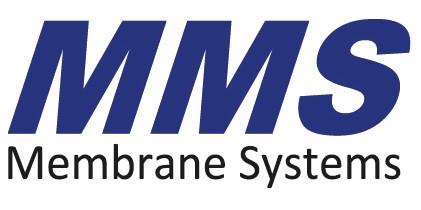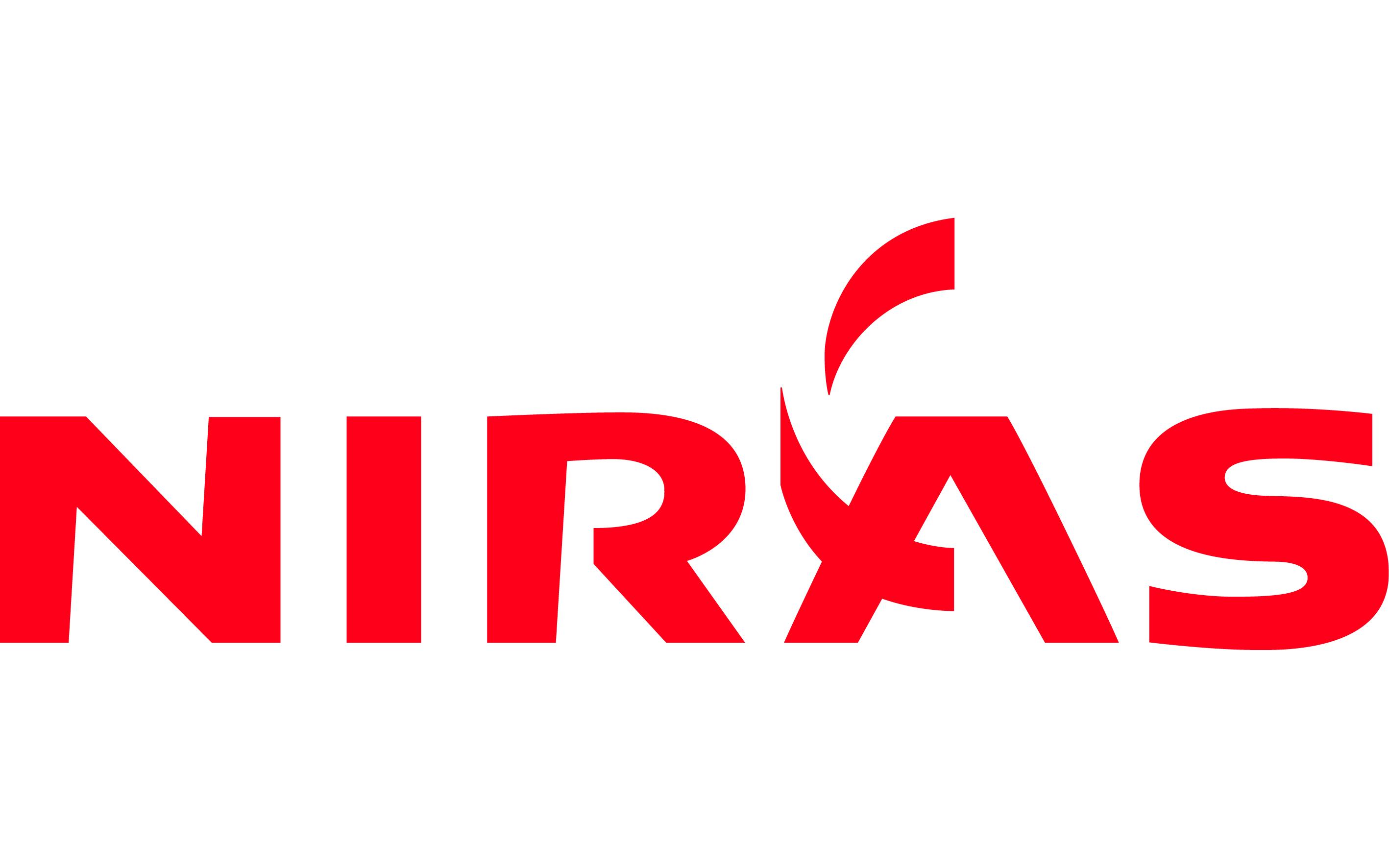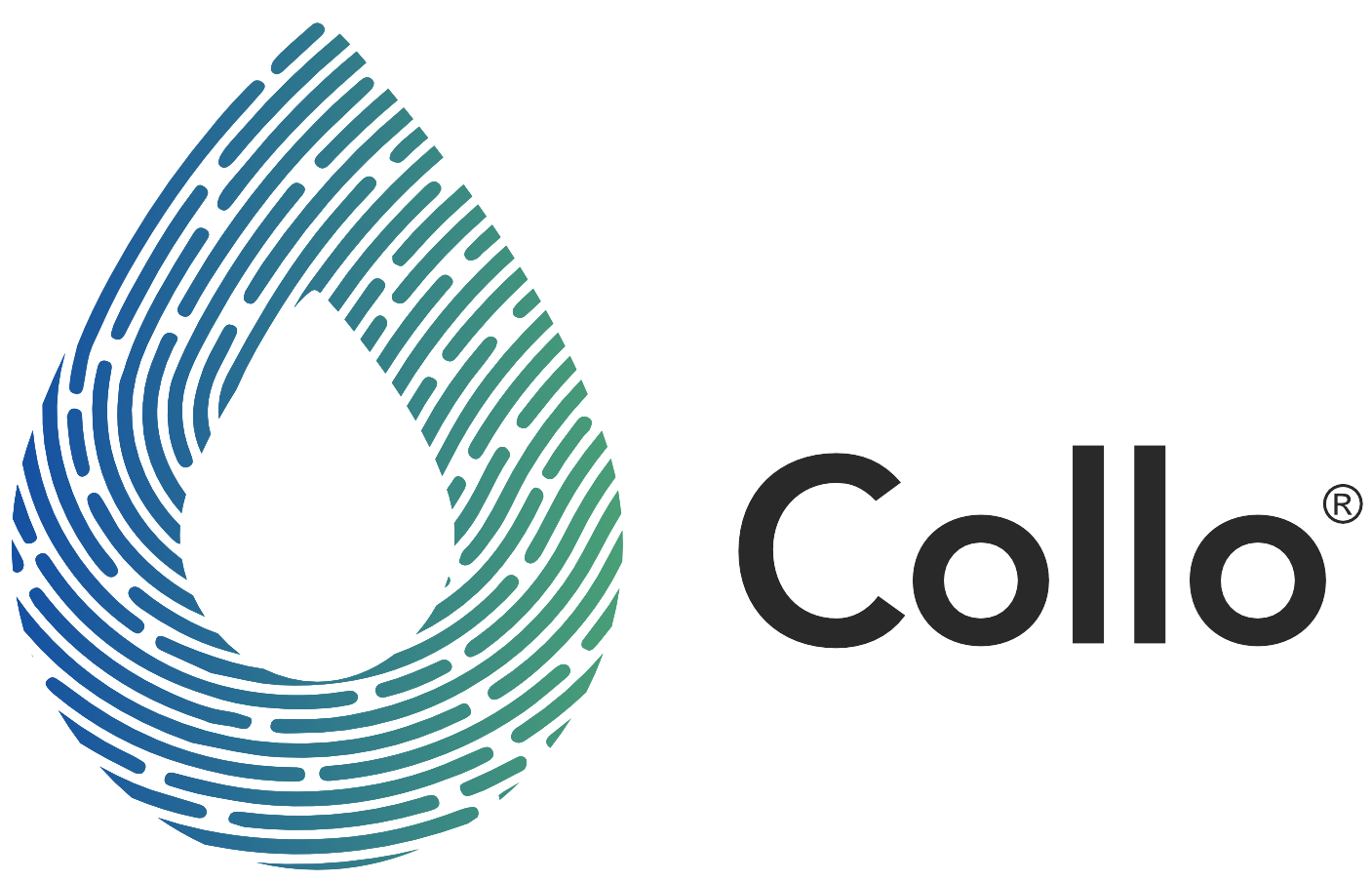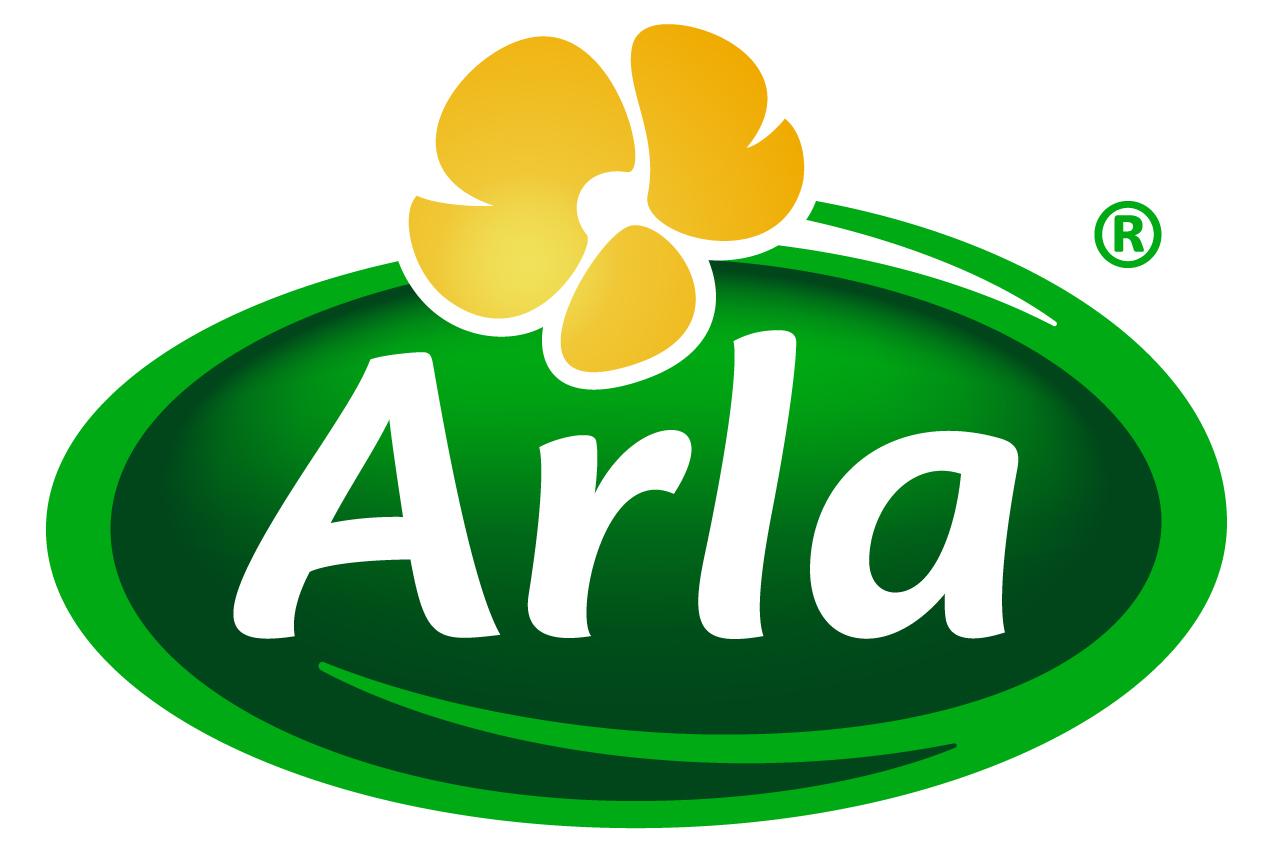Date: 20 May 2022
Time: 10.00 - 12.25
Keynote
10.00 - 10.30
Vice President, Corporate Sustainability Kristian Eriknauer, Arla Foods, Denmark
Presentations
10.30 - 10.50
Sustainability Program Manager Levinia Scotti, Arla Foods Ingredients, Denmark

10.50 - 11.10
Professor Serafim Bakalis, University of Copenhagen, Dept. Food Science

11.35 - 12.00
Chief Corporate Responsibility Officer Kerstin Lindvall, ICA, Sweden

Flash talks
12.00 - 12.12
Project Leader Ann Lorentzon, Bioeconomy and health RISE, Sweden

12.13 - 12.25
Business Development Richard Schumacher, AFRY, Sweden

Abstracts

Optimal resource utilisation in the future
In 2050, there will be nine billion people on this planet. Arla Foods recognises the responsibility, as one of the world’s leading dairy producers, to develop new solutions that reduce the company’s impact on climate and the environment.In Arla Foods, sustainability means offering foods with the highest possible nutritional value, to as many people as possible, using as few of nature’s resources as possible. Milk and dairy products can contribute to nutrition, health and food security for millions.Made in an efficient way using best management practices, Arla Foods products can form an important part of a sustainable diet, as defined by the Food and Agriculture Organisation of the United Nations (FAO) and Arla Foods intends to play an active role in fulfilling UN’s Sustainable Development Goals through Code of Conduct, Human Rights Policy, Health Strategy and Environmental Strategy, including our Sustainable Dairy Farming Strategy.Arla Foods has impact on the realisation of the UN Sustainable Development Goals through the products the company offers to consumers, the information related to the products and in relation to how the products are produced. The presentation will highlight how different drivers have put sustainability high on the agenda with both the government, customers and consumers and how Arla responds to this challenge. The presentation will explain how Arla Foods defined its new Green Ambition and how the company engages the cooperative members within the ambition. The major part of Arla Foods climate challenge comes from emissions on farm and the presentation will explain how this challenge is addressed. A new governance structure was put in place in order to ensure that ambitions were converted into action and incorporated into business processes. The presentation will highlight some of the challenges related to driving the sustainability agenda.
Vice President, Corporate Sustainability Kristian Eriknauer, Arla Foods, Denmark

Utilizing the entire value stream for high value products
Arla Foods Ingredients (AFI) is a leading whey ingredient supplier for infant nutrition, baking, dairy, medical applications and sports nutrition. AFI is born as a circular economy ingredient business with an ambition to become the true global leader in value-added milk ingredients. Being a circular economy business, aiming at utilising the entire value stream for high value products demand, a strict approach within quality and food safety combined with highly innovative skills is required.AFI’s business model is based on the ambition to utilise every component of whey in the most profitable manner, turning all side-streams into profitable and unique end products. Consequently, we need to have constant focus on superior quality control and food safety in the complete value chain. Thus, the synergies in up-scaling, only taking in high quality whey or milk streams with low microbial counts, continuous control of the individual processing steps and strict end product control, a diversified commercial organisation, innovation capabilities including application know-how and continued investments are our tools to stay successful. These tools are also the foundation for AFI’s unique ability to add significant value by realising cross-segment synergies from our raw materials.This presentation will give examples on how cross-segment synergies from our raw material build value based on implementation of new innovative processing steps.Finally, our most recent innovation in using milk separation as a disruptive technology to produce high value products both more efficiently and more gently will be introduced.
Sustainability Program Manager Levinia Scotti, Arla Foods Ingredients, Denmark

Dairy for the Future, opportunities for a (more) distributed manufacturing
Dairy is dominated by large-scale centralized manufacturing that – although cost-efficient in terms of production – also involves rigid and lengthy supply chains with potentially limited flexibility and potentially high environmental impact. Recently, distributed manufacturing, based on small-scale local production close to consumers has been proposed as an alternative to centralized food production. A modelling tool was developed to compare different production scales from home to large scale with throughputs varying from 0.5 kg/h to 6000 kg/h. The results for a range of food products demonstrate that small operations can be profitable and environmentally sustainable for small production volumes (e.g. less than 200 kg/h). Another manufacturing scenario includes production of high-value intermediates that are then transformed. A case will be presented from the Home and Personal Care industry. In this case, dense, high surfactant content spayed powders are produced at large scale in Europe, and then customized close to the point of sale. Customization includes modification of porosity and addition of non-ionic surfactants. Overall, there is an opportunity from the dairy industry to explore different manufacturing scenarios to provide novel consumer propositions and access new markets.
Professor Serafim Bakalis, University of Copenhagen, Dept. Food Science

Providing sustainable solutions for the consumers
A quarter of our overall global climate impact comes from our consumption and production of food. This climate footprint will need to be reduced while we still need to ensure global, national and local food safety and good health. ICA Gruppen, as a leading grocery retailer, needs both to take great responsibility for its direct climate impact with its transport, in warehouses and in stores and pharmacies, and also needs to support customers by making sustainable and climate-smart choices simple. The desire to choose climate smart is big amongst consumers, but many find it difficult to know which choice is right. Kerstin Lindvall will talk about how ICA Gruppen provides sustainable solutions for the consumers and take responsibility for the climate footprint in the value chain.
Chief Corporate Responsibility Officer Kerstin Lindvall, ICA, Sweden

Sustainable dairy packaging for future demands
The most important role of packaging is to protect the product so that it can be consumed as intended. A package that fails to do this should be questioned.Today a packaging should also fulfil demands of circularity, climate, resource efficiency and littering. Some of these demands are sometimes contradictory. For food packaging, all this must also be made without risking safety.So, what does tomorrow's resource efficient sustainable packaging looks like? For dairy products, packaging is usually a very small part of the total environmental impact from product and packaging. Risking hygiene and safety through poor packaging can lead to significant waste of resources -both in products and packaging. During the presentation, trends, facts, and dilemmas will be presented to discuss what sustainable dairy packaging means in the future.
Project Leader Ann Lorentzon, Bioeconomy and health RISE, Sweden

Sustainability through digitalization
The focus will be on the tangible site of digitalization and sustainability. Questions in this regard often appear as it is difficult to visualize the solution and give clear answers to ROI, budget, etc. These 12 minutes will take the audience from various levels of curiosity to a better level of understanding. Intro: Better and faster control implies less energy consumption, higher throughput, reduced waste, lesser use of raw material, i.e. a more sustainable production. Through Real Digital Twin (RDT), AI, APC among other means it is possible to gain a more accurate control of the existing automation system and hence improve a production facility.
Business Development Richard Schumacher, AFRY, Sweden













































 Munkehatten 28
Munkehatten 28